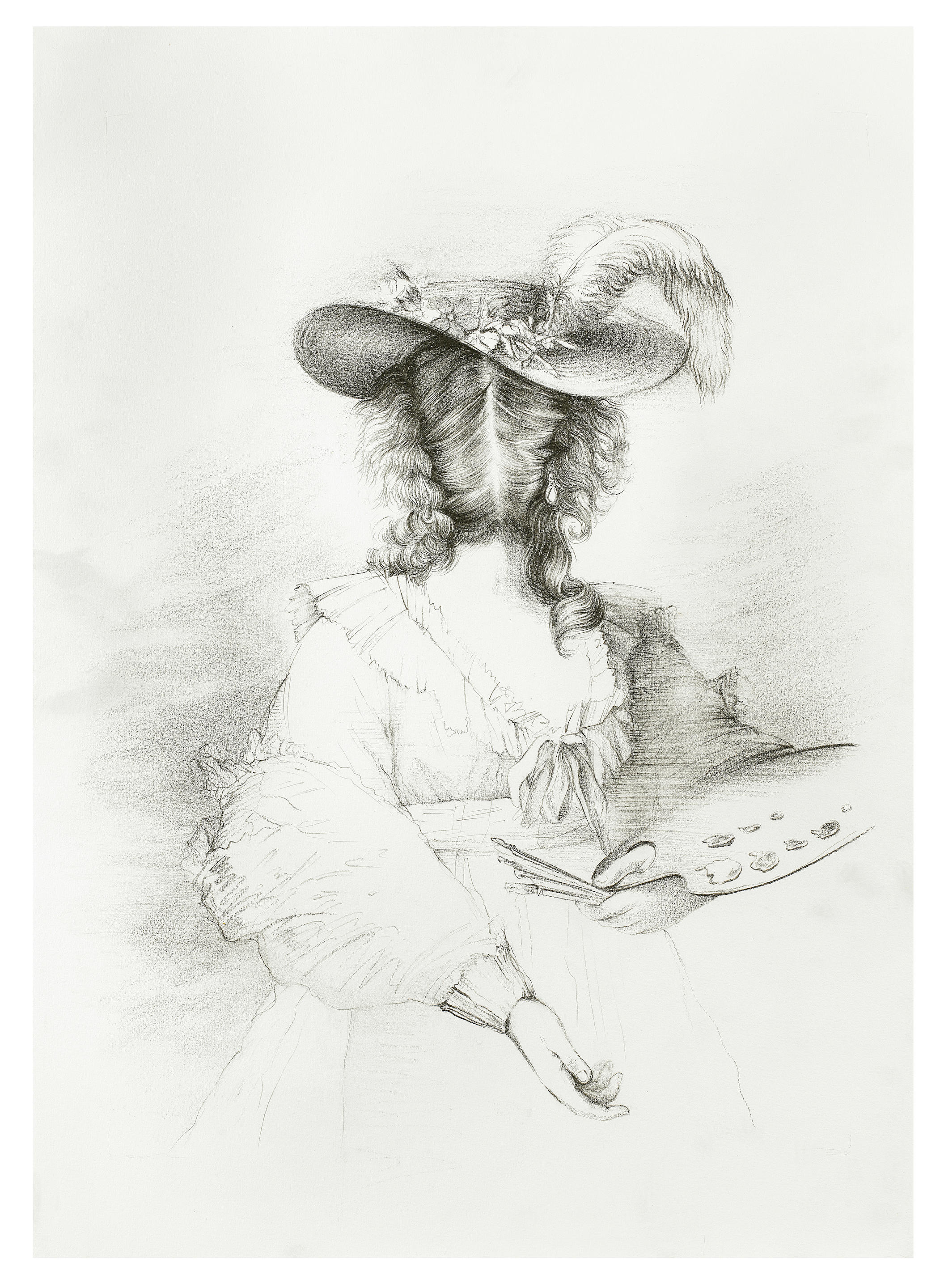Inside Ewa Juszkiewicz’s market: What every seller should know
Ewa Juszkiewicz has quickly established herself as one of the most closely watched artists of her generation. Her reinterpretations of canonical portraiture have captured both critical acclaim and market attention. For sellers, the key question is not just if but when and how to enter the market to achieve the strongest outcome. This guide distills Juszkiewicz’s market dynamics, drawing on hard data and cross-sector best practices, into a concise, actionable framework.
Market snapshot
Ewa Juszkiewicz’s market combines solid investability with selective liquidity. Over the past four years, 36 works have sold for $10.7m at an 87.8% sell-through rate, signalling consistent demand. The bulk of activity sits in the $100–500k range, but blue-chip canvases from 2013–2019 have crossed the million-dollar mark, anchoring her top end. This performance is underpinned by strong auction presence at Christie’s and Sotheby’s, where Juszkiewicz outperforms Phillips by multiples, and by broad collector support evidenced by absorption of high-value lots when seasonality peaks in May and February.
At the same time, risk is visible: hammer ratios have cooled from 6.17 in 2021 to just 1.12 in 2024, showing a more rational bidding climate. For sellers, this means the 12-month outlook is steady rather than explosive and prices are holding, but premiums will accrue only to works with clear desirability and provenance. Secondary dealers, aware of this shift, are already leaning toward private placements for later works, while the auction channel remains reserved for top-tier canvases.
From an artwork and artist perspective, Juszkiewicz retains strong fundamentals. Her masked, re-visioned portraits have become iconic, carrying cultural and critical weight within feminist and institutional narratives. This position is reinforced by expanding institutional support. She is slated for a solo exhibition at Madrid’s Museo Thyssen-Bornemisza in 2026 and recently featured in The Impermanent at the Museum of Modern Art in Warsaw alongside blue-chip gallery representation through Gagosian and Almine Rech. Collector engagement is further sustained by her sizeable digital following of 41.2k on Instagram, reflecting broad visibility beyond the auction room. Exclusivity remains high: prime-period canvases are scarce, and this scarcity continues to support valuations.

Ewa Juszkiewicz, Untitled (After Louise Élisabeth Vigée-Lebrun), 2011
What drives value
The strongest results cluster around:
- Prime creation years (2013–2019): Especially 2019, with average sales exceeding $1 million.
- Scale and signature imagery: Large-format, instantly recognizable portraits fetch multiples of smaller or atypical works.
- Provenance and exhibition history: Museum or gallery exposure, coupled with clean ownership records, sharply boosts buyer confidence.
Red flags for sellers
- Offering post-2019 or atypical works at auction (higher risk of underperformance).
- Entering during market cooling without guarantees or reserves set conservatively.
- Poor documentation or condition issues, which can depress bidding.
This is where selling with Artscapy makes a real difference. Our advisory team helps you position your work strategically, avoid the pitfalls of mistimed auctions, and present bulletproof provenance and condition documentation. With tailored pricing guidance, access to both private channels and institutional buyers, and a platform built for transparency, Artscapy ensures your work enters the market under the right conditions, maximising both confidence and value.
Key reflection
At the top of Juszkiewicz’s market are her prime-period canvases from 2013 to 2019 that are large and instantly recognizable portraits. They are also scarce and carry real heat. When they surface, they behave like contemporary grails: million-dollar averages in 2019 and hammer ratios that once stretched above 6x estimate. Everyone wants exposure to that narrative of feminist re-visioning; very few works actually tick all the boxes.
The playbook is clear: if you are holding a prime-period, signature canvas, auction in spring with a guarantee or irrevocable bid is your sharpest bet. If you are holding a later work, lean into private channels and price against the $100–500k band. Ignore the noise about “discovering” Juszkiewicz, her discovery happened the moment museums embraced her as more than a painter of veiled faces. What is unfolding now is a calibration: institutions setting the canon, and collectors arbitraging the spread between a $150k mid-period portrait and a $1m 2019 jewel.
Our upcoming Artscapy exhibition, Women in the Picture (from the 4th- 8th of November), features Juszkiewicz’s Untitled (After Louise Élisabeth Vigée-Lebrun), 2011 and presents the opportunity to champion contemporary female artists. RSVP today to express your interest.









